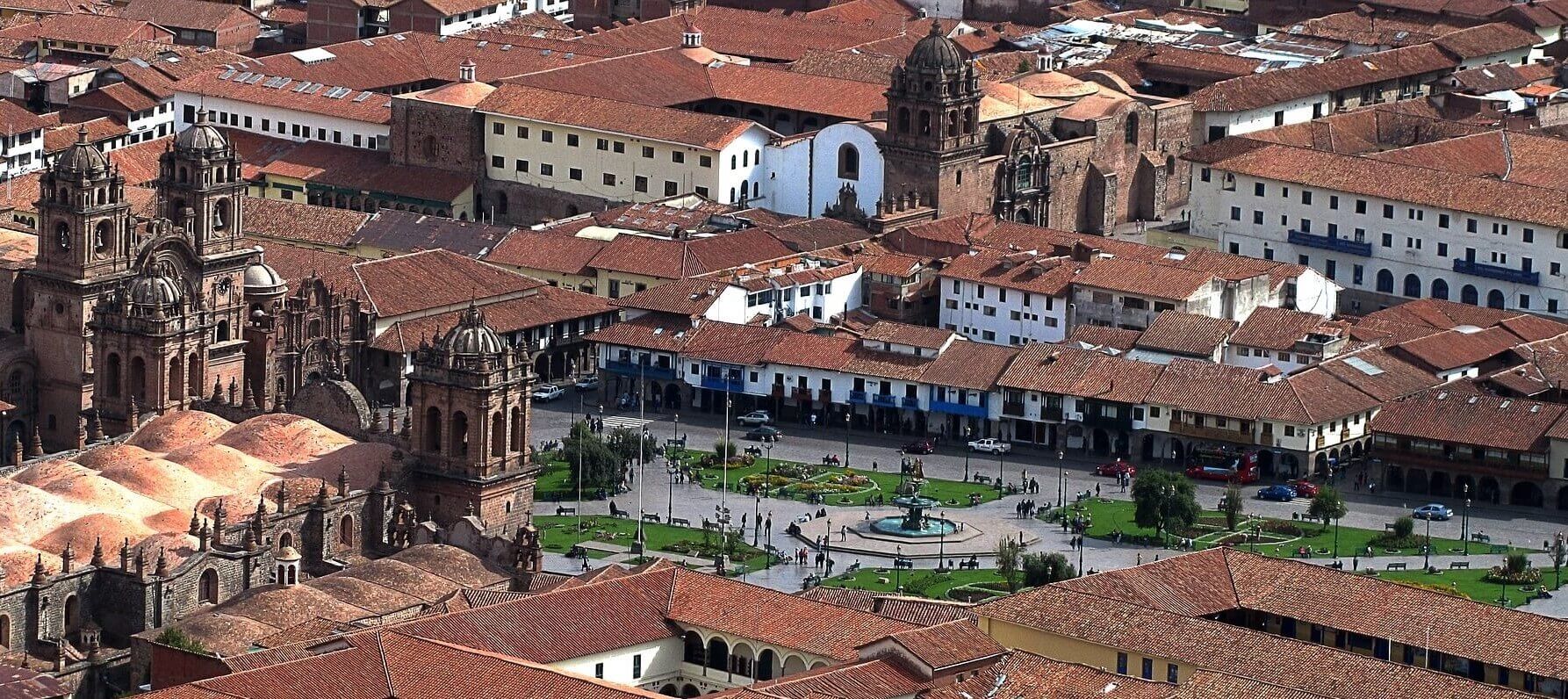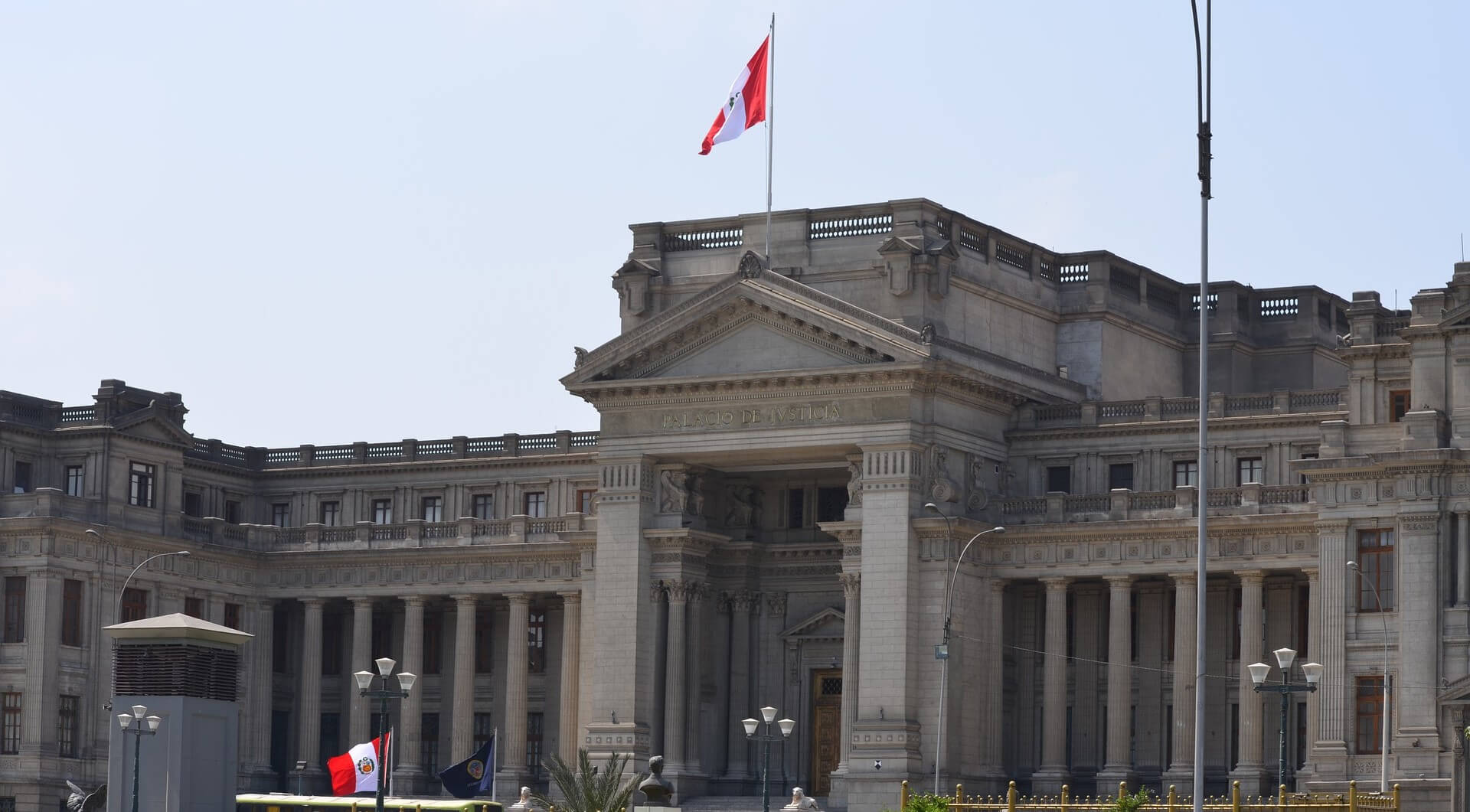Wait, don’t just rush to Machu Picchu, Peru’s capital is more than just its concrete airport! Once upon a time, Lima was viewed by backpackers as merely a necessary evil en route to the Andes. This dismissive attitude wasn’t entirely unjustified; back in the day, South America’s third largest city’s two claims to fame were its efficient and terrifying express kidnappings, along with boasting some of the world’s best currency counterfeiters. In other words, the old Lima wasn’t exactly made of the stuff that brings in tourists.
Alas, the old Lima is no more. Sure, the city can still be pretty rough around the edges, but over the past decade or two Lima has blossomed into one of South America’s most intriguing big cities, not to mention a Mecca for foodies eager to experience the Peruvian culinary renaissance. Amid surging international fascination with Peruvian cuisine, the new Lima has enthusiastically draped itself in the mantel of custodianship of the country’s famous foodie fusion. Modern Peruvian meals tend to be a colorful melange of pre-hispanic, Spanish, Chinese and Japanese traditions. Today, Peruvian food is arguably one of the world’s most important fusion traditions, though Lima is more than just a decent place to eat. Peruvians are proud of their history and culture, and modern Lima offers a fantastic mix of museums and cultural sites that can keep the visitor busy for weeks. Here though, we’re going to try to pack all the best the city has to offer into 48 hours. It won’t be easy, and you will be exhausted, but here’s a step by step guide to getting the most out of Lima in just two days.
Day 1: The Historic Center

Day 1: The Historic Center
You might as well start your Peruvian adventure at the same place the Spanish did five centuries ago. In 1535, conquistador Francisco Pizarro planted his flag and declared the founding of Lima on the site of what is today the Plaza de Armas. Commonly referred to simply as the the Plaza Mayor by locals, this large square is located at the heart of the old colonial part of the city. A UNESCO World Heritage site, the square is home to some of the country’s most important historic buildings. To the north you’ll see the Palacio de Gobierno. If you can, return here at noon to check out the changing of the guard. Otherwise, early birds should beeline for Restaurante Cordano, which is located right on the corner near the palacio. This is one of the most popular restaurants in the city center.
Directly opposite the palacio, you’ll see the Catedral de Lima, which houses the remains of Pizarro himself. Fans of colonial architecture should also be sure to check out the nearby City Hall and Archbishop’s Palace, both of which are on the square.
Them Bones at the Basilica
After soaking up the square, head one block to your north-east to the Basílica y Convento de San Francisco. A pleasant enough church in its own right, the site is best known for its underground catacombs packed with the remains of an estimated 25,000 people. The story here is that the catacombs were used as a municipal burial site until the early 20th Century. The catacombs were rediscovered during WWII, and today there are regular guided tours that take visitors through winding tunnels adorned with hundreds of human skulls and other neatly arranged bones. It’s not for the faint of heart, but worth a peek for anyone with a penchant for the grisly.
If you found the catacombs surprisingly macabre, then you’ll never expect what’s just around the corner. Indeed, nobody expects a museum dedicated to the Spanish Inquisition to be fun per se, but the Museum of the Inquisition 8 certainly does a solid job at making one of the darkest eras in Peruvian history both engaging and well worth your time. Visitors follow in the footsteps of countless accused heretics who were seized by the Inquisition, from the torture chambers where confessions were extracted to the court rooms where show trials were carried out. The lucky ones were simply burned at the stake, though as a visitor you’ll get to see dozens of mannequins placed in grotesque positions on famous torture devices like the dreaded rack and waterboarding, not to mention some not-so-comfy chairs.
Outside, the museum itself is located on the pleasant Plaza Bolivar, near the Congress building. Behind Congress you’ll find the National Mint and adjacent Numismatic (currency studies) Museum. The museum has an interesting exhibit detailing the history of that green stuff that makes the world go around. See historic examples of how money was made, and gawk at some of Peru’s old bills.
Around Plaza Bolivar
Now that you’ve tackled money and religion, it’s time to address another perfect dinner table topic: sex. Two blocks south of Plaza Bolivar is the Museo Larco 9 , which has Peru’s most renowned collection of pre-Colombian ceramics. The centerpiece of the collection is the erotic gallery room; it’s like Pornhub, but with more ceramics. It should go without saying, but this exhibit is certainly not family friendly, and you’ll be shocked by just how naughty some of those little pieces of pottery get. If you do start feeling a little hot under the collar, then at least you can pick up a cold juice outside in the Mercado Central. An excellent spot for people watching or a cheap lunch, the market is best visited on weekends, when it’s at its most lively. Afterwards, check out some G-rated historic artifacts over at the Museo Nacional de Arqueología, Antropología e Historia del Perú. It’s right near Plaza Bolivar. Finally, for dessert, hit up the Chocomuseo for an afternoon snack of hot chocolate. If you happen to need some time to kill before dinner, take a stroll around Chinatown.
Chinatown itself is a good place to eat if you’re on a budget. For one, it’s the ideal place to sample some Chifa – a local fusion of Chinese and Peruvian food. The well-heeled should schmooze over to the historic Hotel Bolivar for their famed Catedral cocktail, which makes generous use of pisco.
Day 2: Ruins and Beaches

Day 2: Ruins and Beaches
On your second day, get up early and put on your Indiana Jones hat, because you’re heading out to Pachacamac 8 . About 30 kilometers south of Lima, this ancient city isn’t quite as world famous as Machu Picchu, but nonetheless was an important population center of the sprawling Incan Empire and earlier cultures.
Founded by the mysterious Lima culture, the city itself first emerged around 1000 years before the Incan Empire was but a twinkle in Manco Cápac’s eye. However, most of Pachacamac’s major structures were built after the decline of the Lima culture but before the Incan invasion, during the height of the Wari civilization between the 9th and 14th centuries. Relics of the Wari period include the site’s stone palaces and imposing pyramids. By late 15th Century, however, the Incan blitzkrieg had flooded over this region of Peru, and the city was annexed into the burgeoning empire somewhere around 1470 AD.
Most visitors arrive at Pachacamac in a guided tour from Lima. Getting to the ruins by public transport is a bit bothersome, but certainly doable. Make your way to the intersection of Avenida Miguel Grau and Jirón Andahuaylas, where you’ll find an ugly concrete overpass. From there, there are regular minibuses displaying the sign ‘Pachacamac’. Tell the driver you’re going to the ruins, and expect the trip to take around 45 minutes to an hour. It may take longer depending on whether you get stuck in Lima’s notoriously brutal peak hour traffic. On the plus side, the trip is quite interesting, taking you through central Lima before winding through the city’s ring of slums and into the wide open countryside beyond. The ruins themselves will likely take you around two hours to explore. Ideally, you should be able to make it back to town via the same minibus by lunchtime.
The Cliffs of Barranco
For a relaxed afternoon, meander over to the Bohemian enclave of Barranco 8 . This trendy neighborhood is huddled precariously on seaside clifftops, and is a good place for a scenic walk and to pick up a few artsy souvenirs. Once you get tired of exploring this colorful corner of Lima, make your way to one of the clifftop bars for a final pisco and some Peruvian ceviche. Cala Restaurante 7 is a good pick, while Canta Rana 7 does generous portions with good quality.
If you can tear yourself away from the stunning Lima seaside sunset, try to make time to visit Circuito Magico Del Agua 7 (The Magic Water Circuit). Trying to describe this thing isn’t easy, so let’s just say it’s basically a cross between a waterpark and Pink Floyd concert. The world’s largest complex of water fountains, the Circuito is not to be underestimated for both its enthralling light shows and persistent popularity among locals. Expect to line up for at least an hour to get in, before being overwhelmed by the psychedelic displays of dancing water, multicolored lights and blasting orchestral pieces.